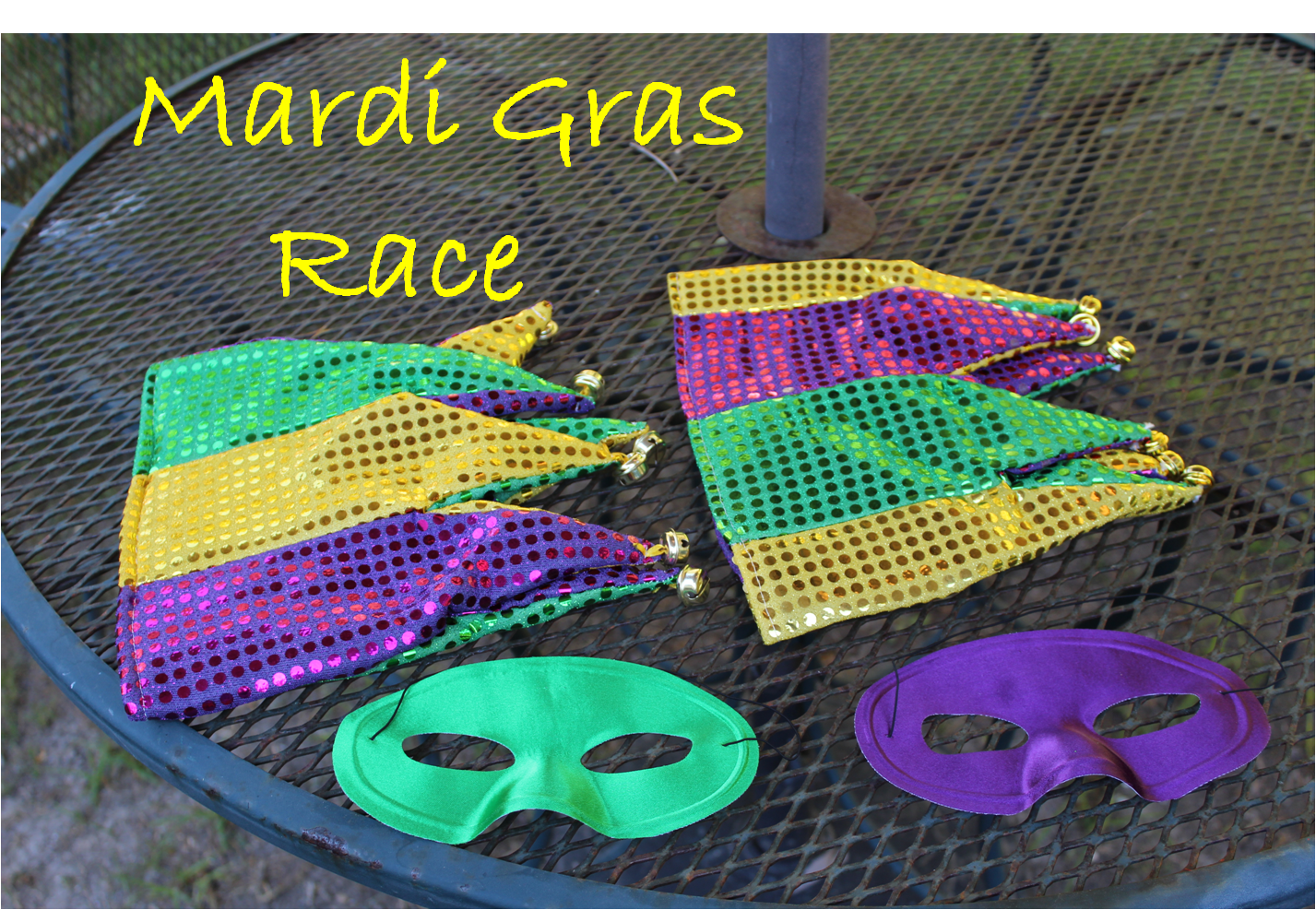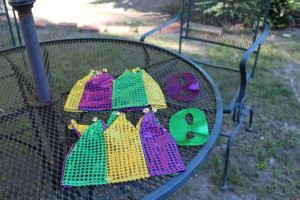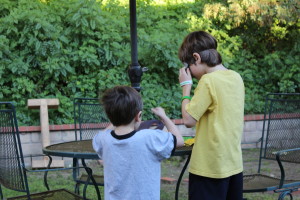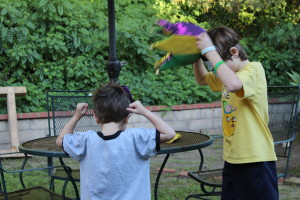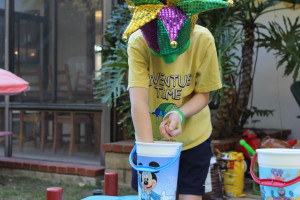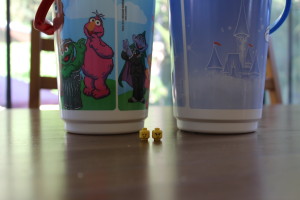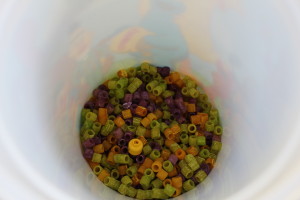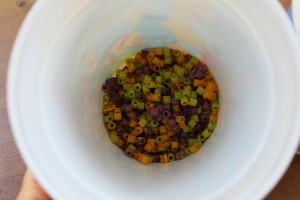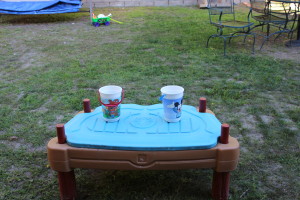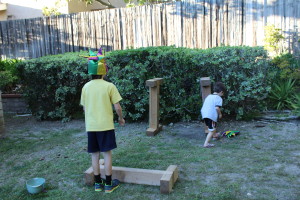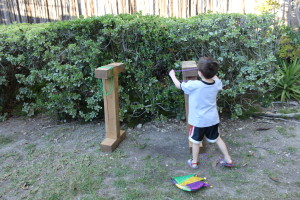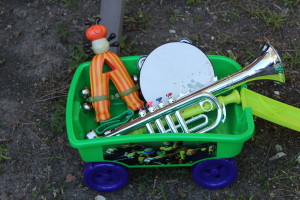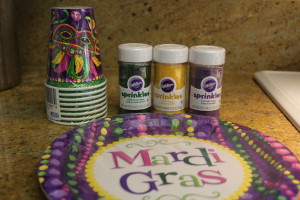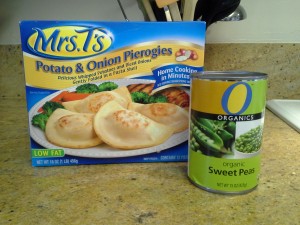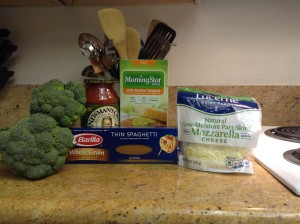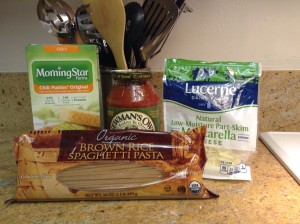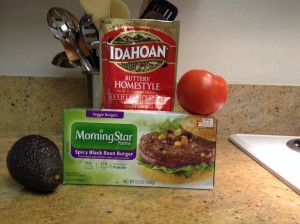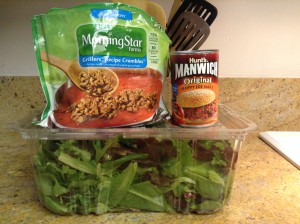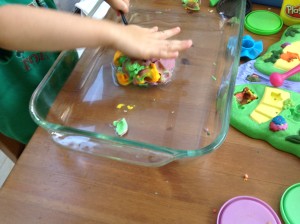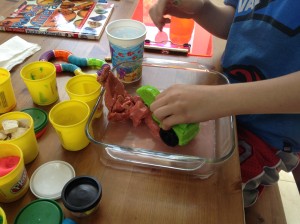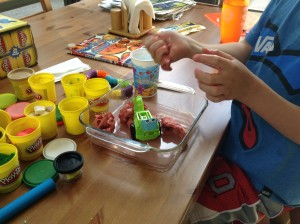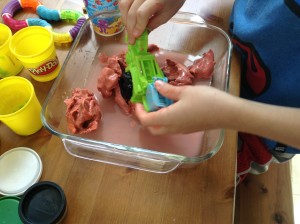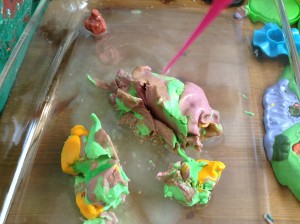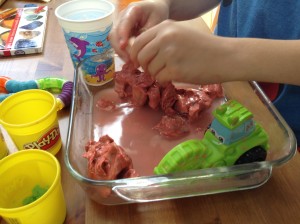I came across the book Mindful Parenting for ADHD by Mark Bertin, M.D. at my local library. As I began reading it, I knew I had to share it with you! While I do not have a child with an ADHD diagnosis, as an educator I like to read as much as I can to understand the diverse learning and behavioral needs of children. This book is a must read for caring parents who are looking for a helpful explanation of ADHD.
*Note: This post contains affiliate links
This book starts by focusing on the adult–how our thoughts, expectations, and attitudes affect how we parent. As a parent of a child with ADHD, it is important to understand that a lot of the behaviors your child may exhibit is part of an underlying problem with executive functioning. Understanding your child and understanding ADHD is essential for you to go about helping your child the best way you can. The more aware we are, the better we can react and respond to difficult behaviors. The way we parent will make a difference in our children’s lives. This book reminds us that our actions impact our children and guides us towards a positive impact. The author suggests that we keep in mind how much positive versus negative feedback that a child with ADHD hears from us. Because kids with ADHD often need a lot of behavioral correction, the child may be receiving too much negative feedback. Being mindful of this will help a parent balance the ratio between negative and positive feedback (p.89).
Your thoughts become your words,
Your words become your actions,
Your actions become your habitsGhandi
Once we have worked on controlling our own thoughts, emotions, and behaviors, we can begin to help our child do the same. The next few chapters give parents concrete ways they can help guide a child’s behavior and set clear limits with consistency. After this, the focus turns to addressing a child’s needs in school. I can imagine that this will be very helpful for parents as they advocate for their child. The author gives insight into what type of instruction benefits children with ADHD and what level of organizational support may be required.
One weighty decision parents likely face is whether or not their child requires medication to help their executive functioning. It appears to me that the author’s goal in this chapter is to give parents researched-based information on medication, not to persuade parents that they should medicate their children. The only way to make an informed decision is to gather information. I like how the author brings in the concept of mindfulness to this issue stating, “Don’t believe something only because someone else says it’s true” (p.162). This can be applied to any source of information (especially on the internet) and it is wise to seek out information sources that are credible. Even after reading this book, parents should continue their research on medications from other reliable sources.
In the final chapter, the author delves into mindfulness activities for children. He shares suggestions to help in areas such as: paying attention, responsiveness, awareness of thoughts, awareness of emotions, compassion and gratitude. In each of these areas, he shows us how we demonstrate these behaviors ourselves and how we can foster them in our children. Being a role model of mindfulness for our children is crucial. Social modeling is a powerful learning tool. To educate yourself more on the importance of social modeling, google “Albert Bandura” and “Social Learning Theory” to find reliable sources to read on the subject matter.
Keep up the good work moms and dads ![]()
To purchase a copy of this book, click on the picture below:
Need a book written for kids? I love this one:














